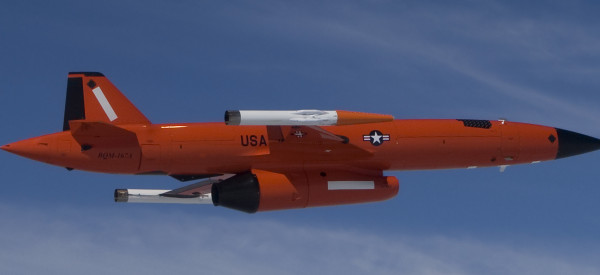

The addition of additional compressor stage increased the pressure ratio and overall airflow through the engine, and necessitated the development of a new turbine section. The engine was later selected to power the MQM-107D, an improved version of the target drone. This variant added an additional axial compressor stage (bringing the total to two axial stages), which increased the engine length by only 4 in (10 cm), yet increased the thrust to 970 lbf (4.3 kN). Īn additional variant, the J402-CA-702, was developed internally by the company.

The result was an engine that was slightly less powerful, at 640 lbf (2.8 kN) versus the -400's 660 lbf (2.9 kN), but had the required service life. A new starter system was included to give the engine the ability to restart. To accomplish this, the turbine temperature was reduced, as well as the rotational speeds. These target drones were not "one-time-use" vehicles like the Harpoon missiles were, so the lifetime of the engine had to be extended from one hour to 15 hours. Soon after development of the -400 variant for the Harpoon began, Teledyne began work on a new variant, the J402-CA-700 for the new MQM-107 Streaker aerial target drone. Finally, the engine was among the first to feature a fully electronic analog fuel controller.
Engine starting was another reliability-critical function of the engine, and to accomplish that requirement, the J402 utilizes pyrotechnic cartridges to start the engine.

All the engine accessories, like the fuel pump and electrical alternator, ran directly off the rotor shaft. Another simplifying measure was to eliminate the standard gearbox. For example, the rotor system of the J402 had 16 parts, while the J69 (the parent engine) had 149 parts for the same system. To that end, significant efforts were made to reduce the number of individual parts throughout the engine. The primary challenge of the "wooden round" requirement was to design the engine to be as reliable as possible. Because the engine was designed for a one-time use missile, its service life was only one hour. The compressed air was combusted in an annular combustor, and then passed through a single high pressure turbine stage before being exhausted. The J402-CA-400 was a single shaft engine, with one axial compressor stage and one centrifugal compressor stage. Through 1988, the oldest J402 engine fired in a Harpoon was over eleven years old, exceeding the original five year "wooden round" requirement. The J402-powered Harpoon had an excellent service record, including sinking two Libyan warships during the 1986 Gulf of Sidra Incident. The J402-CA-400, the original Harpoon variant, was qualified in 1974 and proved to be extremely reliable, failing only twice in 131 flights through mid 1980. This brought thrust and size down to the desired levels. To meet these requirements, Teledyne aerodynamically scaled their J69-T-406 turbojet to just 32% air capacity. The engine also had to be designed to be inexpensive the military wanted to produce and store large quantities of the missile. Its size and weight were dictated by the already-planned missile (just over 12 inches (30 cm) in diameter, about 100 lb (45 kg) in weight). The J402 engine was designed for the Harpoon missile from the beginning.


 0 kommentar(er)
0 kommentar(er)
